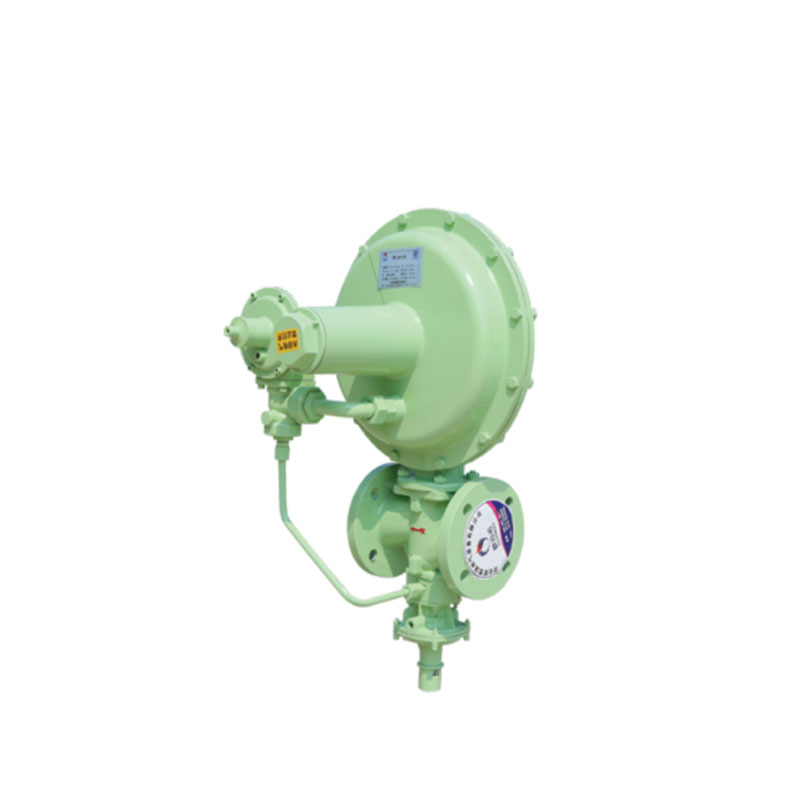
Nov . 11, 2024 00:17
Back to list
Gas Pressure Regulator Valve Ensuring Stable Pressure for Safe Gas Distribution
Gas Pressure Regulator Valve An Essential Component in Gas Management Systems
Gas pressure regulators play a crucial role in various applications, ensuring the safe and efficient management of gas pressure in pipelines and systems. Among the different types of pressure control devices, the gas pressure regulator valve stands out due to its functionality, importance, and versatility in controlling gas delivery pressures.
Understanding Gas Pressure Regulators
At its core, a gas pressure regulator valve is a device designed to maintain a steady output gas pressure despite fluctuations in input pressure or demand. It functions by automatically adjusting the flow of gas to achieve the desired pressure levels. These regulators are commonly used in residential, commercial, and industrial settings where gas supply and safety are paramount.
Components and Functionality
A typical gas pressure regulator valve consists of several key components the inlet and outlet ports, a diaphragm, a spring, and a sensing mechanism. The inlet port allows high-pressure gas to enter, while the outlet port carries the reduced-pressure gas to the downstream system. The diaphragm acts as a barrier that responds to changes in pressure, and the spring provides the necessary tension to regulate the output pressure.
When gas enters the regulator, the pressure acting on the diaphragm changes. If the output pressure exceeds the setpoint, the diaphragm moves, causing the valve to close slightly, reducing the flow of gas. Conversely, if the pressure drops below the desired level, the diaphragm opens the valve more, allowing additional gas to flow through. This feedback loop ensures that the output pressure remains stable regardless of variations in upstream pressure or downstream usage.
Importance in Various Applications
One of the primary reasons gas pressure regulators are critical in gas management systems is safety. Many gases, particularly natural gas and propane, can be highly flammable and pose significant risks if not handled properly. Without appropriate pressure regulation, gas appliances and systems could operate at dangerously high pressures, leading to leaks, explosions, or other hazardous situations. By ensuring that gas pressure remains within safe and acceptable limits, regulators significantly reduce these risks.
gas pressure regulator valve

In addition to safety, gas pressure regulators enhance the efficiency of gas usage. By providing a consistent and reliable pressure supply, they allow appliances and equipment to operate optimally. For instance, in industrial applications, processes often rely on precise gas pressures to function correctly. Inconsistent pressure can lead to inefficient operations, increased costs, and even damage to equipment. Utilizing proper pressure regulation ensures that equipment runs smoothly and efficiently, ultimately leading to cost savings.
Types of Gas Pressure Regulators
Gas pressure regulators come in various designs to suit different applications and requirements. Some of the common types include
1. Single-stage Regulators Ideal for applications where the supply pressure is relatively constant. They provide a quick response to changes in demand.
2. Two-stage Regulators These are designed for more demanding applications, offering more stability and efficiency by reducing pressure in two stages. This type is commonly used in industrial and high-demand settings.
3. Automatic and Manual Regulators Automatic regulators adjust the pressure without manual intervention, while manual regulators require operator control to adjust settings.
Conclusion
The gas pressure regulator valve is an indispensable component in the realm of gas management. Its ability to maintain stable output pressure while ensuring safety and efficiency is vital across various sectors, from residential homes to large-scale industrial facilities. As technology advances, regulators continue to evolve, incorporating smart features and improved materials that enhance their performance and reliability. Understanding and utilizing these regulators effectively can lead to safer operations, fewer accidents, and optimized gas usage, making them essential tools in modern gas systems.
Latest news
-
Safety Valve Spring-Loaded Design Overpressure ProtectionNewsJul.25,2025
-
Precision Voltage Regulator AC5 Accuracy Grade PerformanceNewsJul.25,2025
-
Natural Gas Pressure Regulating Skid Industrial Pipeline ApplicationsNewsJul.25,2025
-
Natural Gas Filter Stainless Steel Mesh Element DesignNewsJul.25,2025
-
Gas Pressure Regulator Valve Direct-Acting Spring-Loaded DesignNewsJul.25,2025
-
Decompression Equipment Multi-Stage Heat Exchange System DesignNewsJul.25,2025

